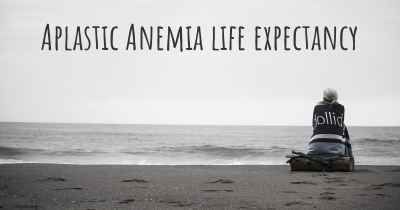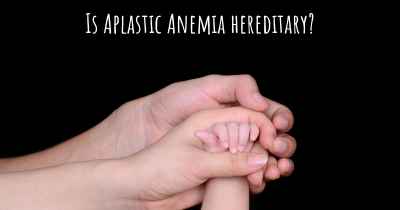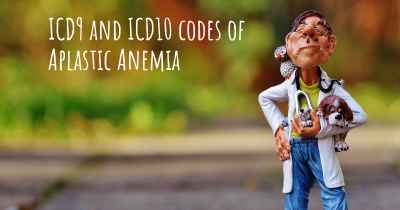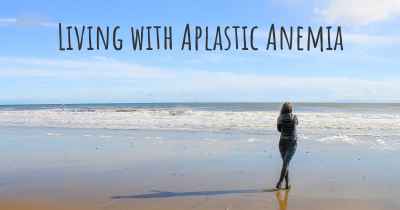What are the latest advances in Aplastic Anemia?
Here you can see the latest advances and discoveries made regarding Aplastic Anemia.
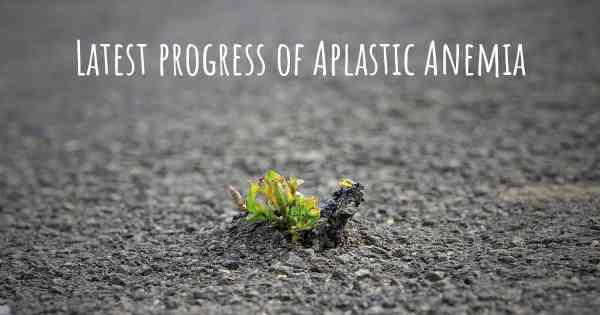
Aplastic anemia is a rare and serious blood disorder characterized by a deficiency of all types of blood cells. It occurs when the bone marrow fails to produce enough red blood cells, white blood cells, and platelets. This condition can be acquired or inherited, and it can have a significant impact on a person's health and quality of life. However, there have been several recent advances in the understanding and treatment of aplastic anemia that offer hope for patients.
1. Stem cell transplantation: Stem cell transplantation, also known as bone marrow transplantation, is a potentially curative treatment for aplastic anemia. Recent advances in this field have improved the success rates and reduced the complications associated with the procedure. The development of better matching techniques, such as haploidentical transplantation, has expanded the pool of potential donors, making transplantation more accessible to patients who do not have a fully matched sibling donor. Additionally, reduced-intensity conditioning regimens have been developed, which allow older patients and those with comorbidities to undergo transplantation with reduced toxicity.
2. Immunosuppressive therapy: Immunosuppressive therapy is another treatment option for aplastic anemia, particularly for patients who are not eligible for transplantation. Recent studies have shown that a combination of immunosuppressive drugs, such as antithymocyte globulin (ATG) and cyclosporine, can induce hematologic responses in a significant proportion of patients. Furthermore, the use of eltrombopag, a thrombopoietin receptor agonist, in combination with immunosuppressive therapy has shown promising results in improving platelet counts and reducing the need for transfusions.
3. Genetic discoveries: Advances in genetic research have provided valuable insights into the underlying mechanisms of aplastic anemia. Recent studies have identified several genetic mutations associated with the development of the disease, including mutations in genes involved in telomere biology and DNA repair. These discoveries have not only improved our understanding of the disease but also opened up new possibilities for targeted therapies. For example, the use of telomerase activators or gene therapy approaches may hold promise for patients with telomere-related aplastic anemia.
4. Supportive care: In addition to specific treatments, advancements in supportive care have significantly improved the management of aplastic anemia. Blood transfusions and the use of growth factors, such as erythropoietin and granulocyte colony-stimulating factor (G-CSF), have helped alleviate symptoms and improve quality of life for patients. Moreover, the development of better infection prevention strategies and the use of prophylactic antibiotics have reduced the risk of life-threatening infections, which are a major concern for aplastic anemia patients.
5. Patient registries and collaborative research: The establishment of national and international patient registries has facilitated collaborative research efforts and the collection of valuable data on aplastic anemia. These registries have enabled researchers to study larger patient populations, identify prognostic factors, and evaluate treatment outcomes more effectively. The sharing of data and collaboration among experts in the field have accelerated the pace of research and the development of new treatment strategies.
In conclusion, recent advances in the understanding and treatment of aplastic anemia have brought new hope to patients. Stem cell transplantation, immunosuppressive therapy, genetic discoveries, improved supportive care, and collaborative research efforts have all contributed to better outcomes for individuals with this rare blood disorder. While there is still much to learn and improve upon, these advancements represent significant progress in the field and offer promise for the future.
Posted Aug 16, 2017 by John 2150
